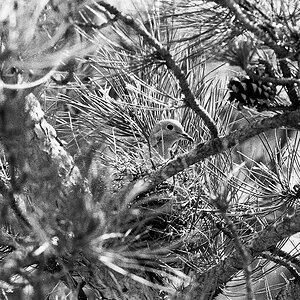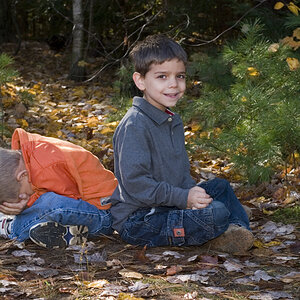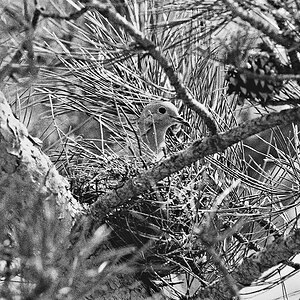jmtonkin
No longer a newbie, moving up!
- Joined
- May 6, 2011
- Messages
- 446
- Reaction score
- 81
- Location
- Minnesota, South Dakota (for school)
- Can others edit my Photos
- Photos OK to edit
Hey all,
Yesterday, I took some senior pictures for a local senior. I've had this problem forever, and after looking at her pictures yesterday, decided that I needed to figure it out.
The problem:
When I take close-ups or head-shots, I often see my reflection in their eyes. How do I fix that?
Example #1

Example #2
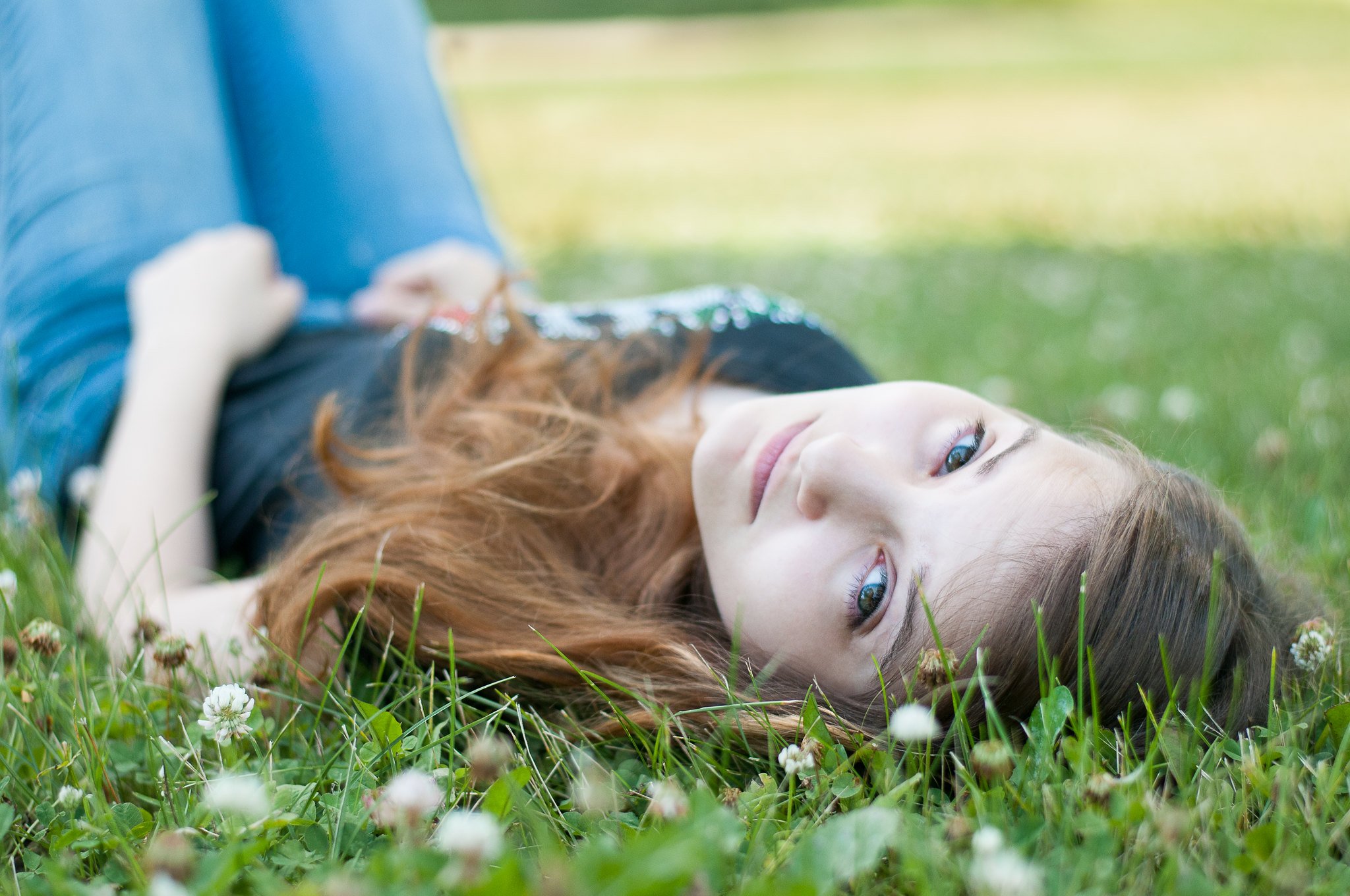
Yesterday, I took some senior pictures for a local senior. I've had this problem forever, and after looking at her pictures yesterday, decided that I needed to figure it out.
The problem:
When I take close-ups or head-shots, I often see my reflection in their eyes. How do I fix that?
Example #1

Example #2



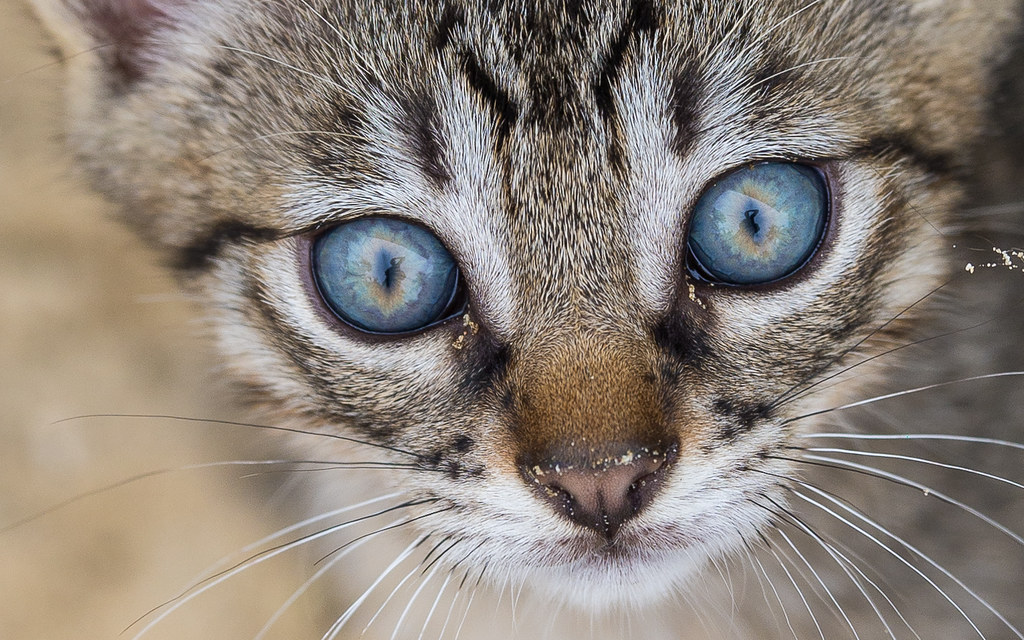


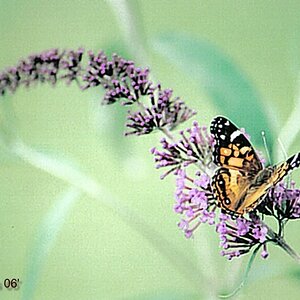
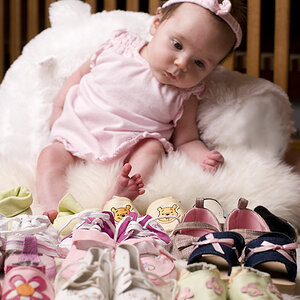
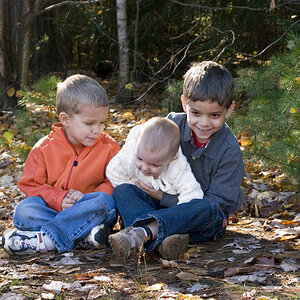

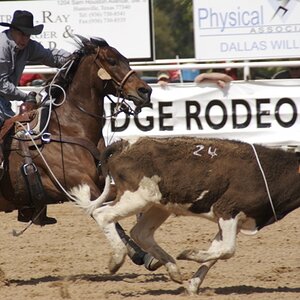
![[No title]](/data/xfmg/thumbnail/32/32703-dc864e762c9e91088156fdcab4aeea33.jpg?1619735606)

